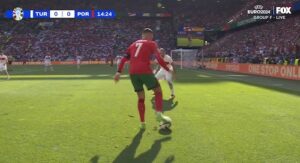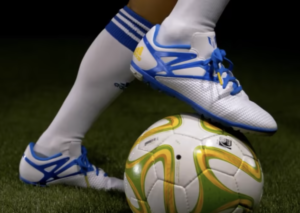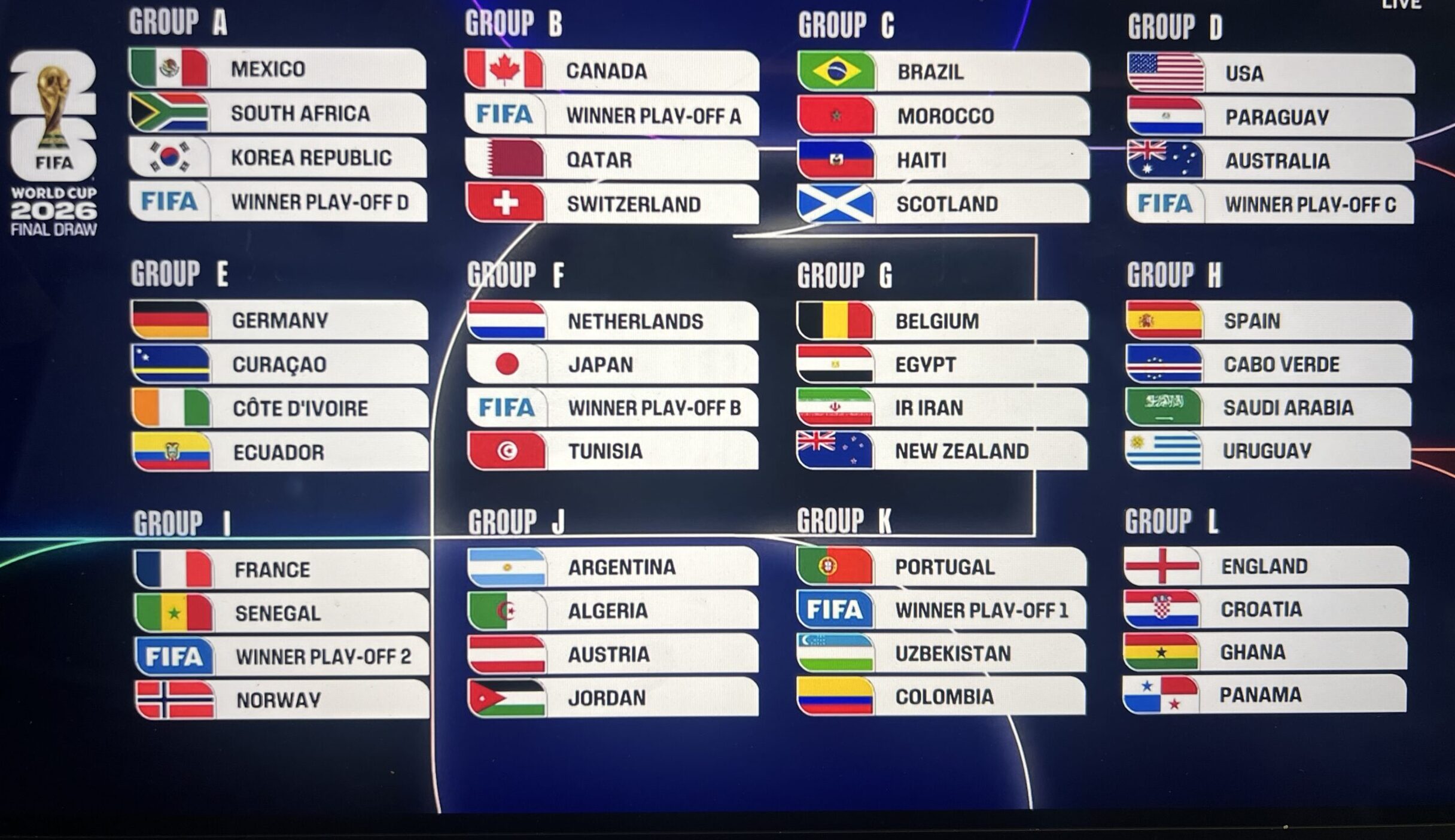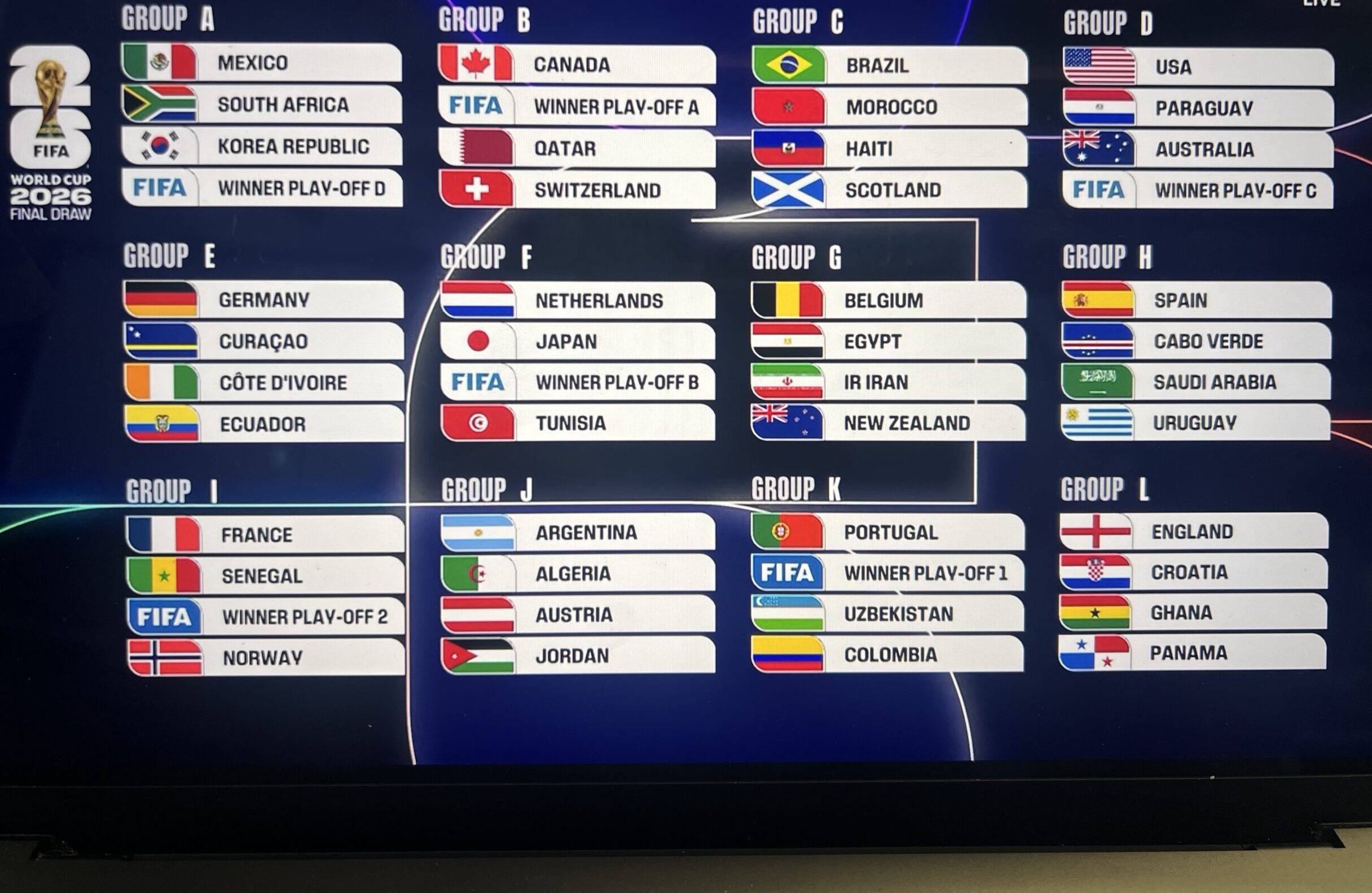Soccer runs are about movement off the ball: Let’s learn how to make runs off the ball in soccer. Let’s also learn to move with and without the ball. When to dribble at defenders and when to drag defenders away from the space you want to move into when you don’t have the soccer ball. Soccer runs and movement off the ball are all about timing.
Running Without the Soccer Ball
If you make a run towards a teammate who has the soccer ball but don’t receive it – break into space to drag the defender away with you. For example, make an ambitious run towards the goal for a through ball just to draw attention to yourself and open up a play for someone else to move into behind you —this is a decoy run that opens up space for a teammate to dribble into.
Soccer is all about movement off of the ball. Trying to open up space for yourself or a teammate. The game of soccer is also about one and two touch soccer and passing and moving. Below is a run down of various runs and types of passes in soccer. Essentially, if you are standing still and a defender is marking you, a subtle shift of your body or a short sprint can take that defender away and open up space for a teammate. There’s an art to decoy runs and movement off the ball, below is a quick look at some of those runs and soccer movements:
Give and Go or Wall Pass
You almost need to sucker the defender towards you if you’re trying to pull off a give and go in soccer. You want to act as though the defender is going to be able to intercept the ball, then play the ball and go, accelerating into the open space to receive the return pass. The idea is to draw the defender as close to you as possible and then play the give and go. Check out this give and go between Ryan Giggs and David Beckham. It just happens to take place over forty yards. Beckham plays a long ball to Giggs who then plays a long ball back to Beckham. Yeah, although they usually are, give and goes don’t have to be in tight spaces.
The Cross Over Exchange
This is where you dribble the ball towards a teammate and exchange the ball with him or her. You can also fake the exchange and keep the ball if the defender has read the play. Exchange the ball with same foot as your teammate, meaning that if the player dribbling is using his or her right foot, then their teammate will pick the ball up with their right foot, since they are coming in the opposite direction. This enables you to shield the ball from the defender with your body.
Soccer Basics For Beginners – Movement and Positioning
We are going over some soccer basics for beginners concerning movement and positioning in this video! It’s very important to know proper soccer positioning in general and in different situations along with proper movement in order to be effective in matches. In this video, we go over some of the soccer basics concerning this area.
About this video: positioning and movement in soccer is so important! It’s honestly such an under taught area that I want to make a few videos on the basics and maybe cover some more complicated topics in the future as well! Soccer movement off the ball is one of the big things we are going over as you need to be active when you don’t have the ball. It isn’t always about what you do when you have the ball, a lot of your success will come down to how good your movement and positioning is.
Exchanging Positioning
This is another good way to open up space for a teammate and confuse the opposition. For example, as outside midfielder you can exchange positions with a center midfielder. If the opposition ends up in close proximity when making a run or when exchanging the ball, this switch may confuse the defense for a brief moment and give you an opening. The outside midfielder makes a run into the middle, receives the ball, makes a pass to the forward who holds the ball and then lays it back to the outside midfielder who sends it down the line where the center midfielder has made a run.
This kind of movement can take place all over the field during a game. As long as you fall back into your position and make sure each position is covered, your team shape remains intact.
Back Door Runs in Soccer
To do a back door run make an exaggerated move back to the soccer ball like you want it. Then break away to receive the ball in behind the defender, who has now overcommitted to the play since he or she thought you were going to receive the ball in front of you. The timing has to be right on this and the passer of the ball has to know what you’re going to do.
But if the defender is too tight to you then the passer of the ball should read this and understand you want to break in behind the defense after faking like you’re checking back to receive the ball at your feet. The back door play should really be used more often in soccer, especially with forwards and attacking midfielders who are covered tightly by defenders who love to dive in.
Wide Angled Runs on the Outside
When making a run on the outside, as a winger, outside back or midfielder, widen your run so it’s easier to run on to the ball and strike a cross, shot or pass. With a wide run, close to the touchline, you have more space to work with and gives the player making the pass or space to play the ball.
As always, change of pace is key, both when dribbling and when making a run. Go at a slow jog, away from where you want to go or disguised by moving into a different position, and then make a quick movement towards the area where you really want the ball. You need to bring the defender away from where you want the ball played. Push up the field so you can break back towards the ball, or do the opposite: bring the defender back to the ball, so you can break in behind him or her, and your teammate can play the ball through and behind the defense.
Third Man Running
While it might seem like two players are passing the soccer ball back and forth innocently keep possession, they’re really waiting for the third man to make their run down the line. Too often soccer players get focused on what’s right around them, and don’t see the third player making the darting run into the open space. That’s often what you see players like Iniesta or Xavi doing for Barcelona. They are keeping possession of the soccer ball while that wing player or forward can make that diagonal run or run in behind the defense.
Here are some keys to keep in mind in soccer overall:
- When going at a defender on the dribble – make the defender commit to you and then lay the ball off.
- Angled runs are harder to defend – and you can use your body to better protect the ball when you are receiving a pass.
- Attack quickly when there’s an advantage or an opportunity. Don’t hesitate. Try to keep the ball moving as quickly as possible. If there’s a chance to break – counter attack with a few precise and crisp passes.
- Help your teammates and move off the ball to support them – see where they’ll need help before they do.
- Learn more at Soccer Positional Running about soccer movement and runs off the ball.
- Coerver Coaching Bundle
While fine-tuning your soccer strategy depends greatly on how the players move through the field, the attitude behind your decision-making can play a critical role, as well…















